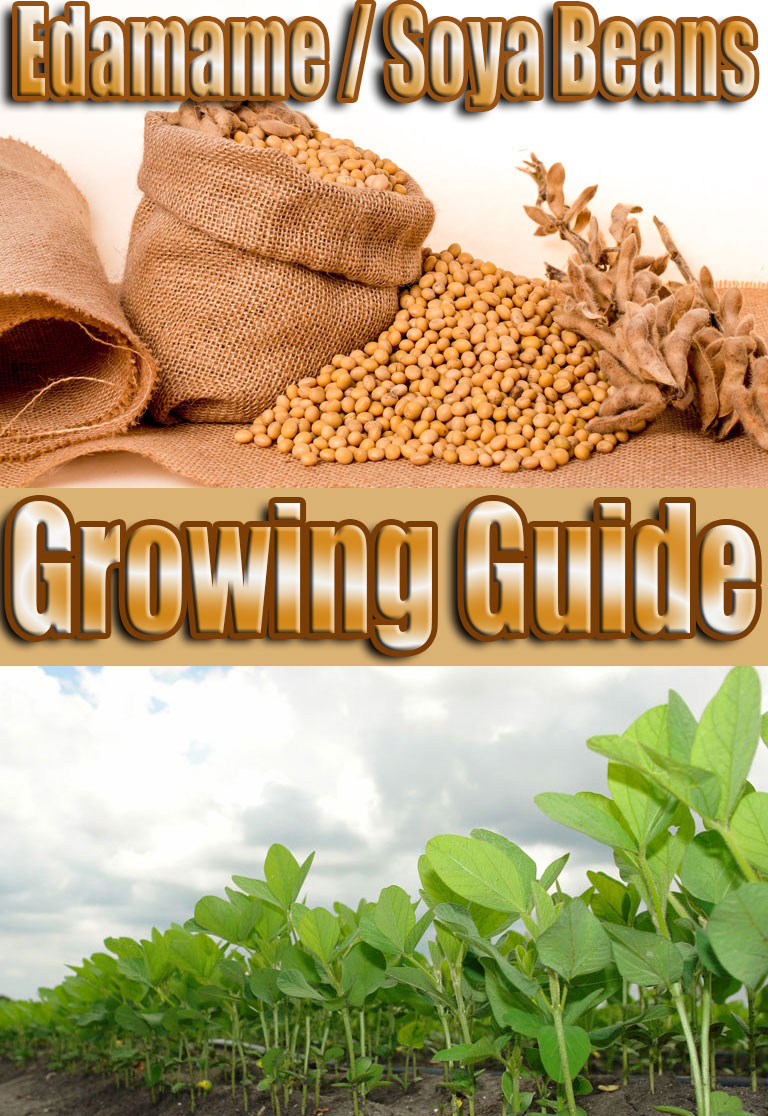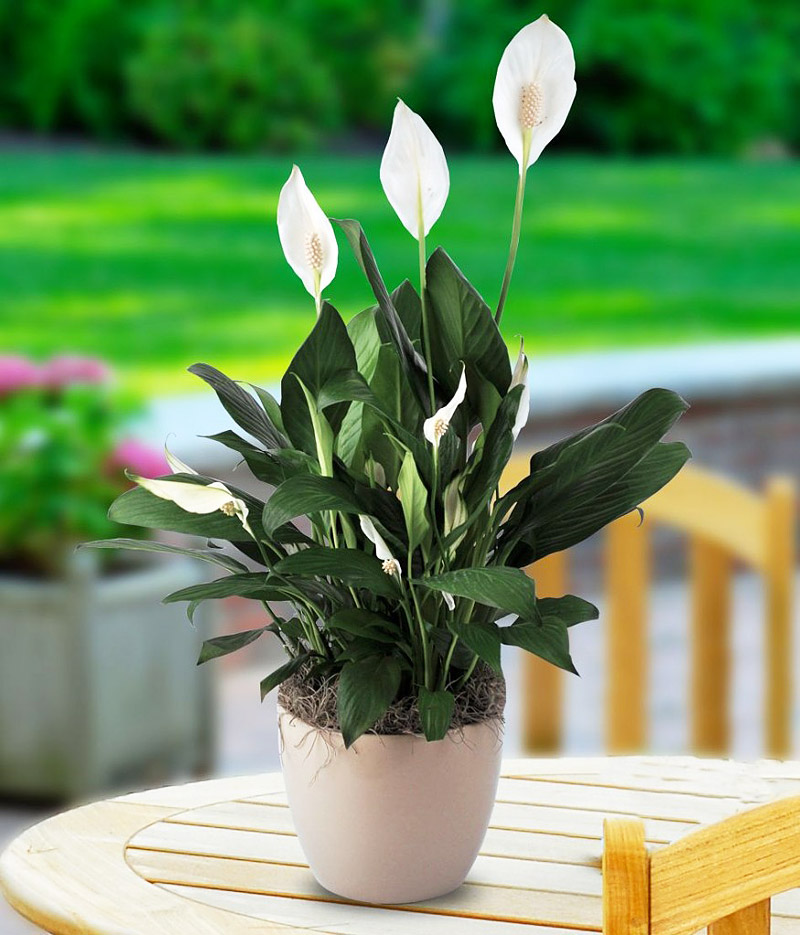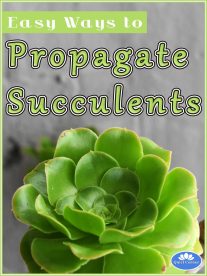
Try your hand at growing edamame, an ancient Asian veggie that boasts terrific flavor and nutrition. Edamame is a Japanese word that translates “beans on branches,” which describes the way that this vegetable-type soybean grows: The pods appear in bunches on branched, bushy plants. Unlike livestock-type soybeans, which are tough and oily and allowed to dry on the plants before harvest, edamame offers a tender, toothsome bite and is picked before pods fully ripen. The flavor tastes like a cross between a pea and lima bean.
You eat edamame beans, not pods. Simply squeeze the pod between your fingers, pushing the sweet, nutty beans into your mouth. Each pod yields two or three beans packed with high-quality protein, along with calcium, fiber, vitamin A and isoflavones (health-enriching, disease-fighting compounds). Plants are a cinch to grow, as they’re heat-tolerant and attract few pests.
Soil, Planting, and Care
Edamame and cold weather do not mix, so wait to plant until all danger of frost has passed. Plants demand warm soil, much like basil or tomatoes. Don’t plant seedlings until soil is above 55° F. Edamame plants tolerate diverse conditions, including drought, light shade, and clay soil. You’ll see best yields when plants grow in full sun, tucked into compost-enriched soil with plenty of moisture.

Space edamame 12 to 18 inches apart if you have enough area in the garden, as wider spacing allows more sunlight to reach each plant, often resulting in higher yields. This veggie adapts well to intensive cultivation, though, and you can sow plants as little as 4 inches apart. When edamame matures, all pods on a plant are ready at the same time. To enjoy a long harvest season, use the succession planting technique: Plant a few edamame plants every week or two to ensure fresh beans throughout the growing season.
After planting, keep soil moist until plants are established, then water only when soil is dry. Note, though, that while edamame tolerates drought-like conditions, you’ll get the best harvest with the fattest, most numerous pods when plants receive consistent moisture. Feed your plants with a balanced organic fertilizer.
Keep weeds down while seedlings are small. Once plants mature, their bushy growth helps shade out weeds. Apply mulch when plants are roughly 4 to 6 inches tall. Choose an organic mulch, such as compost, finely ground leaves, weed-free hay, or finely ground bark. Apply a 1-inch-thick layer over soil, leaving a little space around the plant stems.

Edamame plants tend to grow to about two or three feet high—larger than bush bean plants. Plants may flop over, especially if they’re growing in an area subject to wind and heavy rains, so give them some support. Drive stakes into the soil at both ends of each row, then run a string between the stakes. (You may need two levels of string to keep plants upright.)
Troubleshooting
Edamame is relatively pest-free. Mexican bean beetles don’t typically bother soybean plants, but if you do have a problem, use floating row covers to exclude pests from the plants. Stinkbugs may attack plants and pods, but aphids are rarely a problem. The biggest problem is the four-footed kind—rabbits, deer, and groundhogs. These animals view soybeans as candy. If they discover an unprotected edamame patch, you probably won’t get a harvest. Even if you have never had issues with these pests before, consider protecting your edamame patch with bird netting.
Edamame Harvest and Storage
The harvest window for edamame is usually pretty narrow — anywhere from three to seven days. Pick pods as soon as they have filled out and are plump, but are still bright green. If pods turn yellow, flavor and nutrition have gone past their peak, and beans will shift to more of a lima bean flavor and texture. Harvest pods in the evening for best flavor.
Another clue that pods are ready to harvest is that some of the leaves shift from bright green to a light yellow-green. Don’t wait until all plants in a row have yellow leaves, though; that’s too late. Begin harvesting as soon as you see yellow-tinted leaves on a few plants.

For best flavor and nutrition, eat beans soon after picking. Like lima beans, edamame shouldn’t be eaten until it’s cooked. The simplest preparation is to simmer the beans, in their pods, for about 4 to 6 minutes, until color deepens. At this point, the beans are ready to eat warm, or you can stash them in the fridge and eat them later cold.
If you have too many to eat at once, freeze the beans while still in the pods. Blanch them in boiling salted water for one minute, plunge them into ice water to stop the cooking process, drain, then freeze them in zipper bags. To prepare, place frozen edamame pods into boiling water for 15 minutes.





Leave a Reply